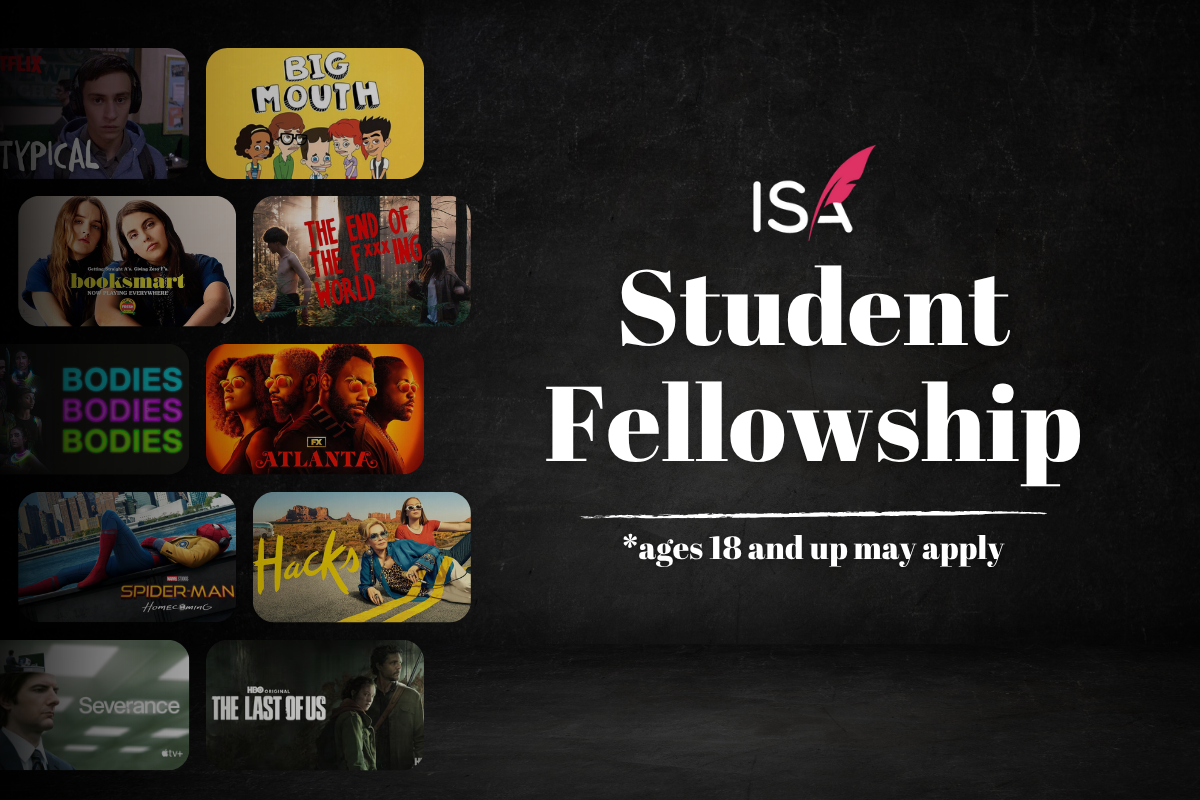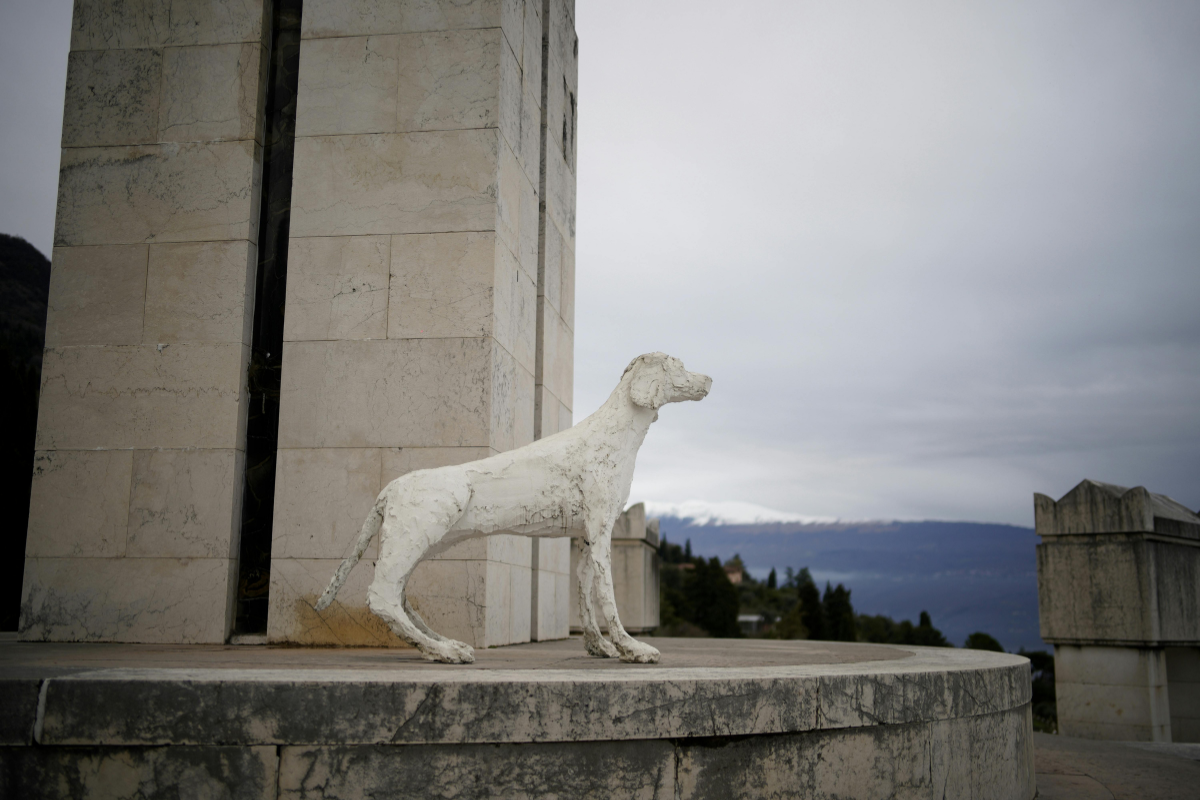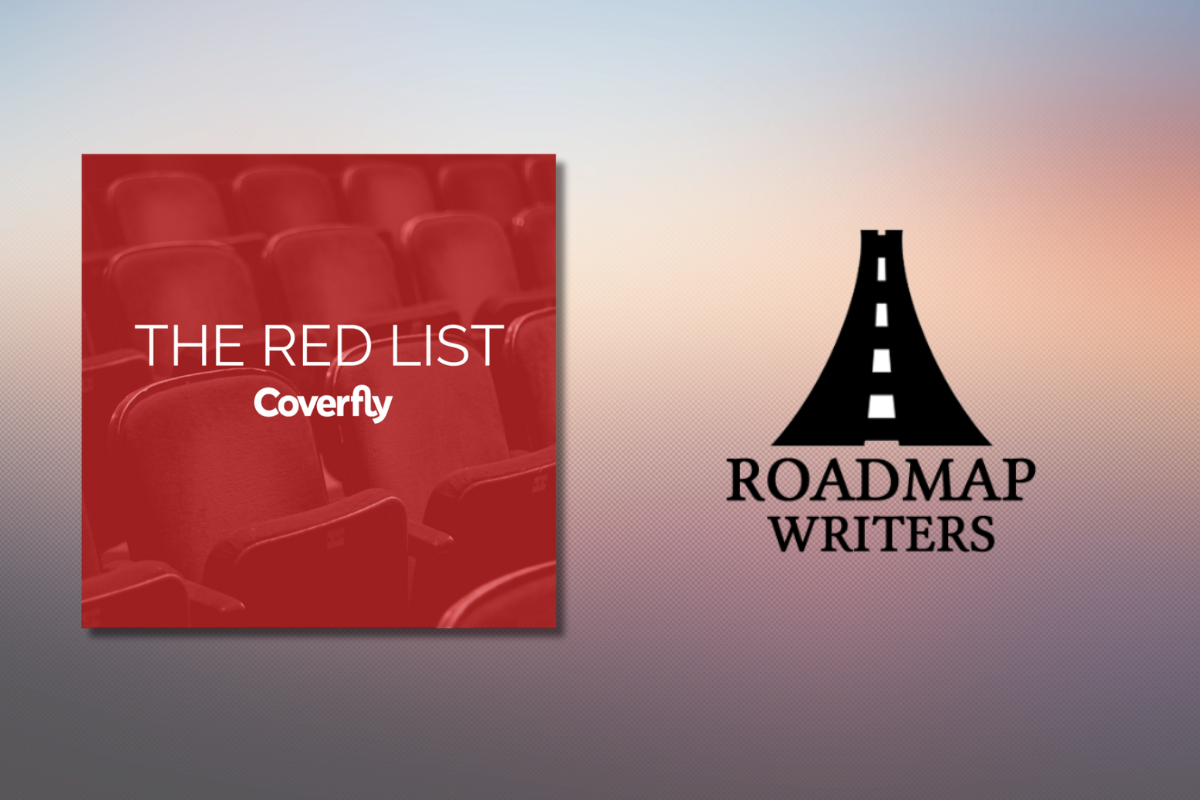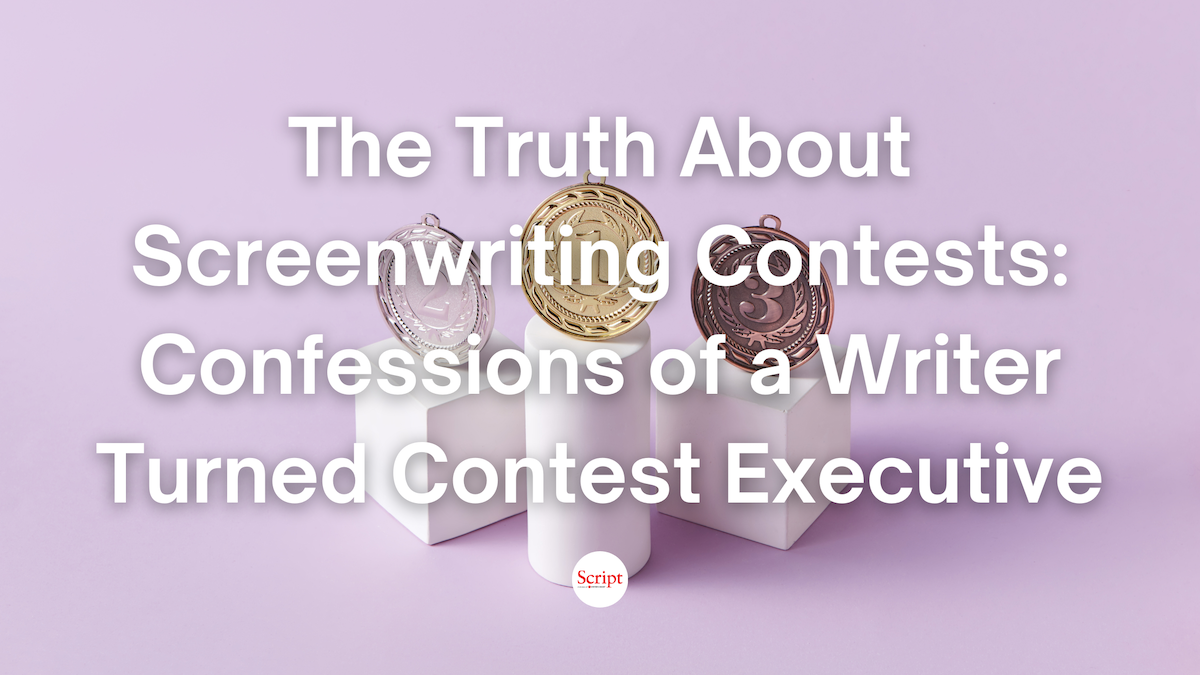Summoning “Scenario”: The Ghost that Conjured ScriptHop
Screenwriters struggle to get their screenplays to stand out from the crowd. ScriptHop cofounder Scott Foster shares how the old “Scenario” magazine inspired and informed their new software platform, designed to empower writers to get their scripts greenlit.
It's been some twenty years since Scenario: The Magazine of Screenwriting Art left this world. But it sustains my grief to know that it died while periodicals like Wind Tunnel International, Pig Topics, and Funeral Service Times still live. The fact that Scenario was twenty bucks probably didn't help it broaden its niche metrics beyond full-time writers and dreamers, but my film school friends and I filled both those pairs of shoes like quixotic clowns.
We loved Scenario for its heft (it contained four full-length screenplays rather than excerpts); its depth (interviews with authors burrowed deep into the process of writing); and its glossy aesthetic (sketches and painterly images displayed like musical accompaniment opposite the text). We even loved it for its titular reverence for screenwriting as an "art," rather than just a "blueprint," which I've always felt is a lazy term used by guys wearing ties to undermine the writer.
When it came to the craft, Scenario rolled its eyes at bromides and quick fixes. It might appreciate some of the chapters, but it would cast a skeptical eye at the cult of McKee or Save the Cat. It would pity disciples of those books who acted as if self-help bolts of lightning had scarred them with the awesome power to enlighten you on dramatic structure and your hero's journey. (Scenario would cringe at the notion that your script isn't working because it's missing a "whammo" - Syd Field's term for a major plot point, which sounds like it requires the need for an act of physical violence ... and for your story to be set in the 50's).
Scenario's influence on the software company I cofounded crept up on me: ScriptHop is a new system that makes the delivery of screenplays and the messaging for a project's vision an interactive experience. Its digital advancements have inspired A-list writers like Shane Black, David Hayter, and Ed Solomon to join our Advisory Board, and describe it as "groundbreaking," rather than as old school (as you might describe a now 20-year defunct magazine). But it turns out Scenario would influence our movement in several respects, especially in terms of design.
While I'm the cofounder sidekick to a tech maverick, I have ironically tended to lean low-tech and old school; in the past, some might have even called me a luddite. I'm old enough to have developed a vampire's taste for physical media—to crave the smell and tactile quality that gives each book or magazine its own personality. Those who share this affliction should especially lament Scenario's passing (and treasure hunt for copies of it on eBay). It had a coffee-table book quality, even if it wasn't sandwiched between hardback covers. Aside from the satiny, thick-cut paper, this was due to the art, which was sometimes abstract: the drawings, pen, and ink captured the spirit and essence of the script often more than they depicted a particular scene. Imagery could be contrapuntal, such as for American Psycho, in which they printed cutesy, minimalist chalk drawings. The fact that I didn't always like the art was beside the point. I loved that Scenario was celebrating each screenplay as if it were a self-fulfilled art form. This may sound risible given a writer's ultimate goal (and ScriptHop's as well). But at the time, the presentation provided the sense that there was another platform for writers living in unproduced purgatories.
Scenario introduced me to masterpieces like Coppola's The Conversation, but also legendary unproduced scripts like Harrow Alley, which is about the plague, and tracks one of the more impressive (and uncompromising) dual reverse character arcs: as the hero spirals downward into ignominious ruin, the villain ascends to redemption. In publishing unproduced gems in their entirety, the magazine underscored the script as being an act of completion rather than the concept on a napkin Hollywood would often like writers to believe it is.
The impact Scenario has had on ScriptHop comes, not only from its aesthetic, but also from its spirit. First, we want to take Scenario's—and incredible publications like Script Magazine's—writer-championing position into explicit territory, throwing down the gauntlet to claim that the script is the most important part of a movie. We don't think it should be controversial to suggest that for every clichéd photo of a director using his hands to mime a frame (like he's some wizard suctioning all the genius the town has to offer into the small lens of his fingers), writers should reserve the right to photobomb that image. After all, they're the ones literally behind the director's images! There's this general notion that TV writers often enjoy more respect, but if they aren't showrunners or creators, they, too, often scribble in obscurity.
The approach of Scenario, to have the art of the writing resonate through drawings and paintings, has infused the design of ScriptHop's "Packet," which empowers writers to create a deeper footprint (and singular, transposable resource) for their vision. The caveat is that we also engineered it so you don't have to be a visual artist in any way to leave a powerful visual imprint. In fact, the packets we've designed were done entirely using art found on Google. Plus you get the benefit of guidance via our Tips section: it functions as your veritable Bob Ross, calmly giving you confidence in your own abilities, and making you look effortlessly as glossy as Scenario.
If you're a true minimalist and screenplay purist, you might have found Scenario's chalk drawings for American Psycho to be too intrusive. There's that side of myself that weighs in on each project I input in The Packet: you might choose to leave your script's canvas blank, other than the words and enjoy the software's other perks. The written word on its own can be your most powerful path, especially the way The Packet leverages it. After my moment of purist contemplation, I tend to lean into the full dimensionality offered by a packet. I remember that Scenario's reading experience didn't occlude the script; rather, it opened the narrative up (and it opened you up to it) drawing you deeper inside. ScriptHop similarly believes that inspiration creates momentum by spurring further inspiration. We want to take a cue from Scenario, and from Script Magazine, in their mission to inspire the reader to take deeper dives into great material. While my company leans into the future, we're also going to dig back into the past, through more Scenario issues, and think about other ways we might resurrect the gracefully executed behemoth.
Editor's Note: Stay tuned for an in-depth interview of ScriptHop's creative team, where we'll share details of the genius of the software that will help you market your script like never before!
Make sure your script shines with Dave Trottier's online course Proper Formatting Technique: Script Format Made Easy
Scott Foster is co-founder & Creative Director for ScriptHop, the first interactive platform for marketing, managing, and delivering screenplays. A graduate of Columbia University's film school, he spent more than a decade at United Talent Agency, initially as an in-house story analyst, and ultimately as the Director of UTA’s Story Department. Scott has produced several feature films and continues to write while working for ScriptHop, which has just launched "The Gauntlet."






![The Era of the Multi-Hyphenate: An Interview With Actress, Producer, and Writer Mildred Marie Langford [SERIES]](https://scriptmag.com/uploads/MjAxMDUyMzEwMjg4MjEzMzkz/the-era-of-the-multi-hyphenate-series-script.png?format=auto&optimize=high&width=1440)
